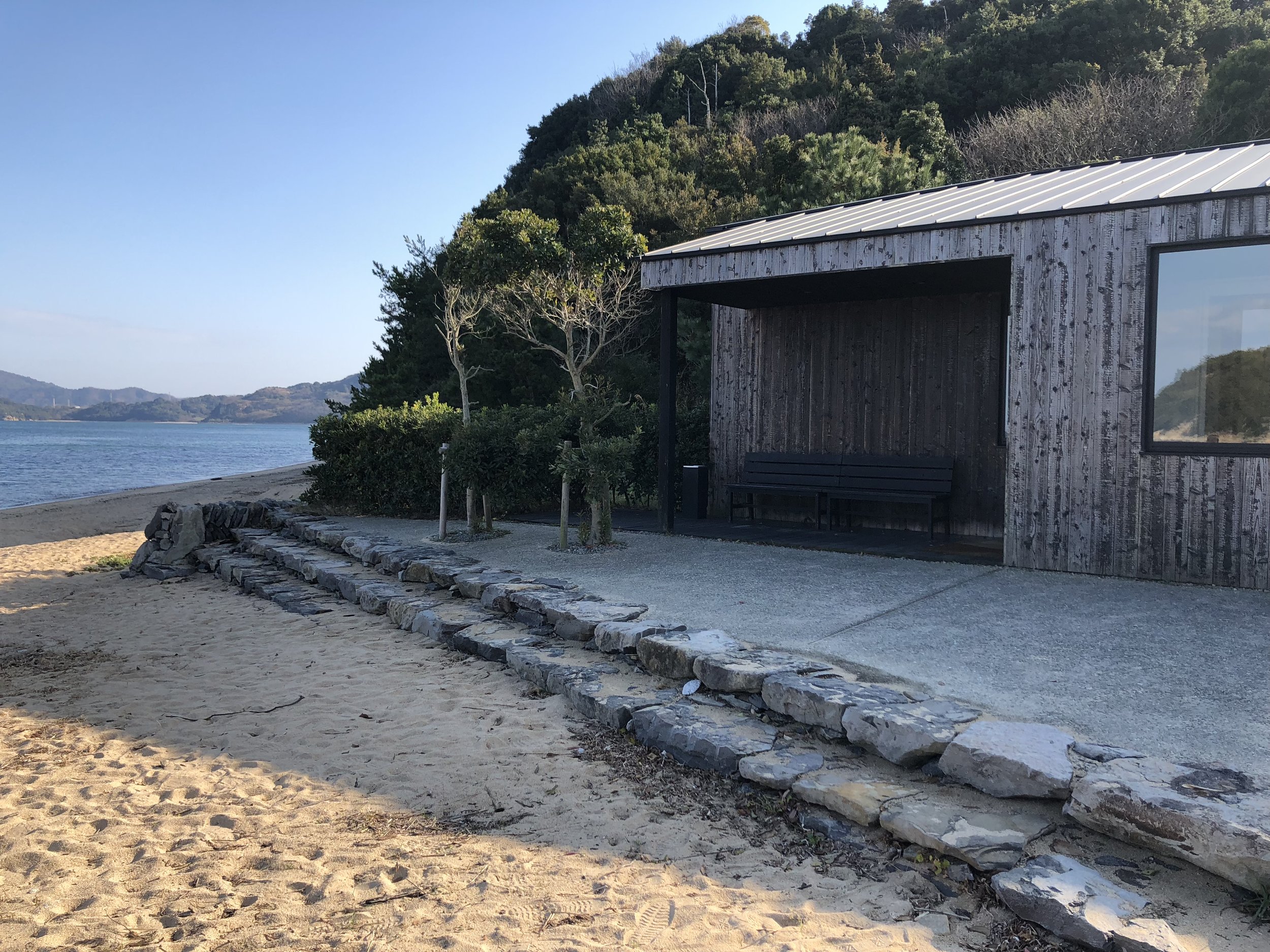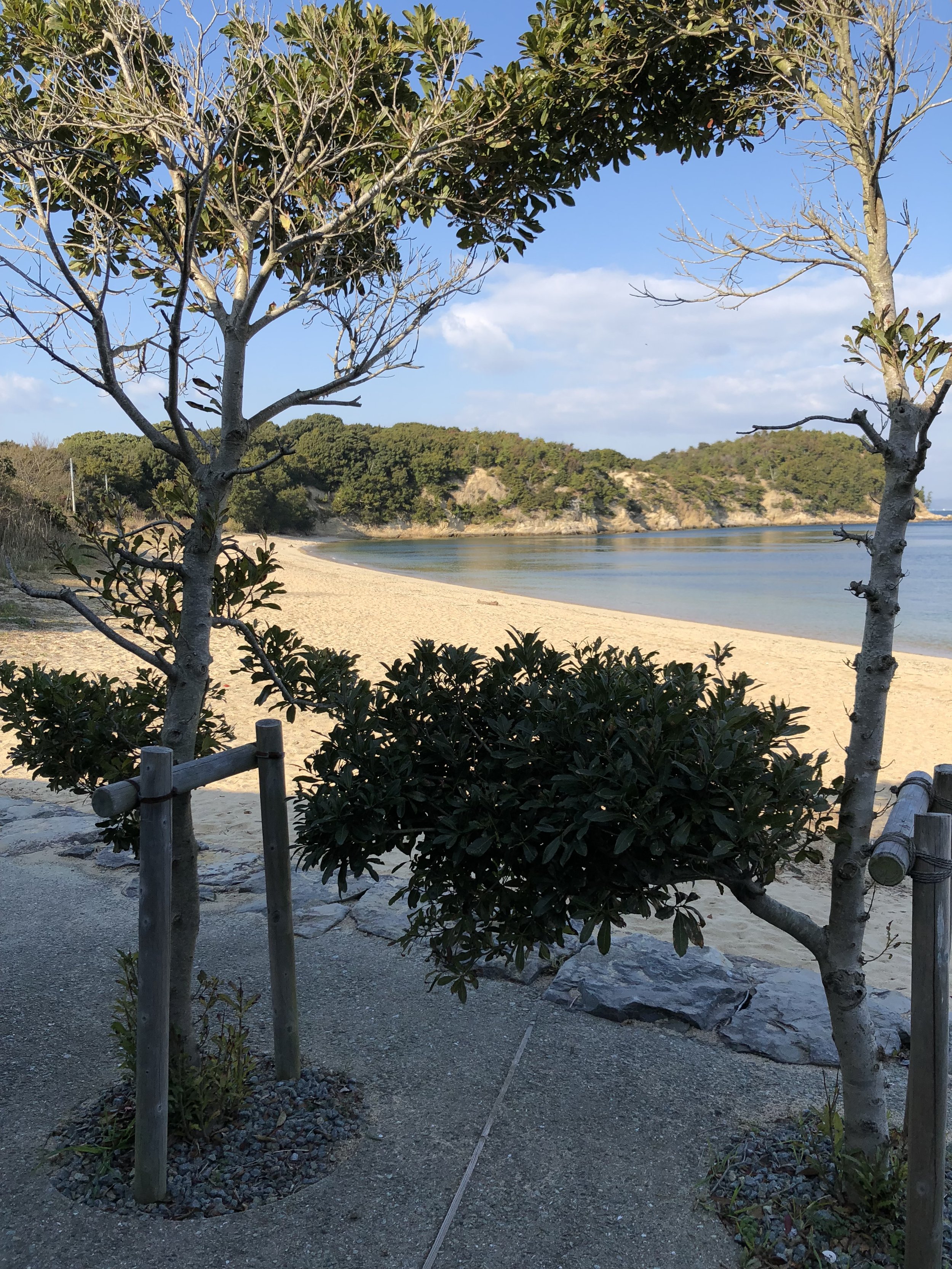Immersed in Art and Nature: The Transformative Experience of Japan’s Naoshima and Teshima Islands
Experiencing the art islands of Naoshima and Teshima in Japan is a journey that transcends traditional gallery visits, offering an immersive encounter where art, architecture, and nature blend seamlessly into one profound experience. These islands, located in Japan’s Seto Inland Sea, are part of the Setouchi Triennale, an international art festival that invites visitors to engage with art in ways that feel entirely unique to this region. Here, the boundary between art and life blurs, creating an environment where you not only view art but also inhabit it, walking through installations, meditative spaces, and serene landscapes designed to bring you closer to the essence of creativity and contemplation.
Naoshima: A Meeting of Art and Architecture
Naoshima, the better-known of the two islands, is the beating heart of this art-world phenomenon. Spearheaded by the Benesse Corporation in the late 1980s, Naoshima was transformed from a quiet fishing island into a world-renowned art destination. The island is home to several major art sites, including the Chichu Art Museum, Benesse House, and the Art House Project, each providing a distinctive encounter with art that extends far beyond the canvas.
The Chichu Art Museum, designed by Tadao Ando, is a marvel of architectural and spatial design. Constructed mostly underground to preserve the natural landscape, the museum hosts works by Claude Monet, James Turrell, and Walter De Maria. Walking through the museum, you feel as if you’re navigating through a series of light sculptures. The interplay of natural and artificial light creates a living experience, where shadows and reflections shift with the day, altering how you perceive each work of art. The room dedicated to Monet’s Water Lilies is especially striking, with white marble floors that seem to blend seamlessly with the paintings, enveloping you in an atmosphere of tranquility and introspection.
Benesse House is another highlight, merging museum and hotel to provide a continuous art experience. Staying at Benesse House allows you to inhabit art, with galleries that are open exclusively to guests after hours, and installations that spill out into the surrounding landscapes. Works by David Hockney, Richard Long, and Yayoi Kusama populate the property, drawing you into a dialogue with the natural environment as you move from the galleries to the scenic overlooks of the Seto Inland Sea. Here, art is not confined to walls or defined spaces but rather flows naturally into the life of the island.
The Art House Project transforms abandoned houses in Naoshima’s Honmura district into immersive art installations. Each house has been redesigned by an artist, creating spaces where everyday objects, history, and contemporary art coexist. These houses invite you to step into an altered reality, where art takes on a personal and intimate tone, as if you are walking through the artist’s mind.
Teshima: A Sanctuary for Reflection
Teshima, though quieter than Naoshima, offers an equally powerful experience of art as meditation. The Teshima Art Museum, a collaboration between artist Rei Naito and architect Ryue Nishizawa, is perhaps one of the most transformative art experiences in the world. Shaped like a drop of water, the museum has an open-air design that blurs the line between inside and outside, allowing the natural elements—wind, rain, sunlight—to become part of the artwork itself. Inside, Naito’s installation, Matrix, is a minimal yet evocative piece where droplets of water seem to emerge from the floor, creating an ethereal dance of movement and sound. This is not art to be observed passively; it demands mindfulness and presence, encouraging visitors to slow down, breathe, and connect with the subtle beauty of nature.
Teshima’s landscape is also dotted with other installations, including Christian Boltanski’s Les Archives du Coeur, an interactive piece that captures the heartbeat of each visitor, adding their pulse to a living archive of human rhythms. It’s a deeply personal work that explores themes of memory, life, and the passage of time. The sounds of heartbeats echo through the installation, grounding visitors in the visceral awareness of their own existence.
Isamu Noguchi’s Influence and the Spirit of Place
The influence of Isamu Noguchi, though he never directly worked on these islands, can be felt in their philosophy of merging art with the environment. Noguchi, known for his sensitive approach to space and form, would have found inspiration in the way these islands use nature as an intrinsic part of their artistic expression. His belief that “everything is sculpture” resonates deeply here, as Naoshima and Teshima themselves feel like sculpted spaces, crafted to invoke an awareness of light, air, and the organic beauty of the landscape.
In walking through these islands, one experiences art in its purest form—not as something to simply look at, but as a presence to be felt, lived, and contemplated. The islands seem to encourage a deep, personal dialogue with art, reminding visitors of the interconnectedness of all things. Here, art is not an object to be consumed but a process that engages all senses, encouraging us to see the world, and our place within it, in a new light.
A Journey Beyond Art
The art islands of Naoshima and Teshima represent a unique pilgrimage for those who seek a deeper connection with creativity and the natural world. Visiting these islands is more than just an art tour; it’s an immersive experience that invites introspection, wonder, and a profound appreciation for the subtle dialogues between art, architecture, and nature. Each visit feels like a meditative journey, an opportunity to slow down, to see and feel art as part of the landscape, and to experience the quiet but powerful impact it leaves on the spirit.
In a world increasingly driven by speed and consumption, Naoshima and Teshima offer a sanctuary, a place to reconnect with the essentials of life—beauty, nature, and the quiet power of creativity. The islands remind us that art doesn’t need to be grand or imposing to be profound; sometimes, it is the simple, intentional blending of human creativity with the natural world that moves us most.



















































































